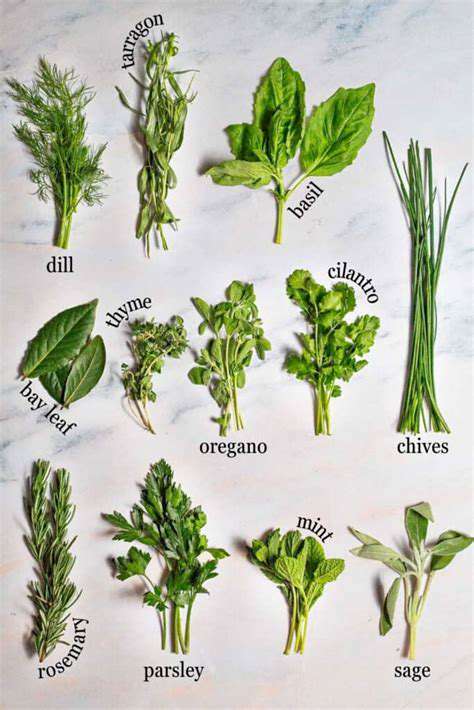The History of Chocolate: From Bean to Bar
Early Cultivation and Ritual Use
The history of chocolate, a beloved beverage enjoyed globally, traces its roots back to the ancient civilizations of Mesoamerica. Centuries before the arrival of Europeans, the cacao bean held a significant place in the religious and social fabric of these cultures. The Mayans and later the Aztecs cultivated cacao trees and used the beans not only as a valuable currency but also as a key ingredient in sacred ceremonies and important social gatherings. These societies understood the complex process of fermenting, roasting, and grinding the beans, transforming them into a drink that held a profound spiritual and cultural significance, far surpassing its mere nutritional value. Their meticulous agricultural practices ensured the sustainability of the cacao crop, demonstrating a deep understanding of its cultivation and preservation, a legacy that continues to influence modern chocolate production.
The Aztecs, in particular, revered cacao as a valuable commodity and a vital component of their religious practices. The drink, often spiced and sweetened, was not solely for the elite. While the ruling class enjoyed it in abundance, it was also an important part of religious rituals and social gatherings, symbolizing prosperity and connection. This ritualistic use of cacao reflects a deep understanding of its properties and the importance placed on it within their society. This unique blend of agricultural innovation, spiritual reverence, and social integration laid the foundation for the rich history of chocolate we know today.
The Transformation to a Global Commodity
The Spanish conquistadors, upon encountering the Aztecs, discovered the remarkable drink made from cacao beans. Initially, it was viewed as a valuable commodity, and the Spanish quickly integrated it into their own cultural practices. The introduction of cacao to Europe marked a turning point in the history of chocolate, initiating a gradual transformation from a revered Mesoamerican beverage to a globally recognized commodity. The Spanish, recognizing the potential for economic gain, established plantations in the New World to cultivate cacao, thereby extending the reach of this remarkable agricultural product. This marked the beginning of a global trade network centered around cacao, leading to its eventual adaptation and consumption across various cultures.
The journey of cacao from a sacred Mesoamerican drink to a global commodity was not without its challenges. The complex process of transporting and processing cacao beans required significant adaptation and innovation. The introduction of new technologies and techniques, alongside evolving societal preferences, played a crucial role in shaping the evolution of cacao from its ancient origins to its modern form. This transition, from a culturally significant beverage to a global commodity, reflects the intricate interplay between cultural exchange, economic interests, and the enduring appeal of this remarkable product. This transformative period set the stage for the further development and refinement of chocolate as we know it today.
The Spanish Conquest and the Spread Across the Atlantic
The Initial Encounters and Motivations
The Spanish conquest of the Americas, fueled by a relentless pursuit of gold and glory, irrevocably altered the course of history, including the history of chocolate. This period of European expansion, driven by a complex interplay of religious zeal, economic ambition, and the thirst for new lands, brought about the transatlantic exchange of plants, animals, and ideas. The initial encounters between the Spanish conquistadors and the indigenous populations of the Americas were often fraught with violence and exploitation, but they also paved the way for the introduction of new agricultural products to Europe, including cacao beans, which would eventually find their way into the European diet and culinary traditions.
Motivations behind the Spanish exploration and conquest were multifaceted. The lure of riches, the desire to expand the Spanish empire, and the fervent desire to spread Christianity all played significant roles. These factors combined to create a dynamic that fundamentally reshaped the world, creating new trade routes, introducing new cultures, and impacting the lives of millions of people across continents, not just in Europe but in the Americas as well. This exploration also had a profound impact on the social and economic structures of the conquered territories. The Spanish conquest of the Americas laid the groundwork for a complex and often turbulent relationship between the Old World and the New, a relationship that continues to shape the world today.
The Transatlantic Exchange and Chocolate's Arrival in Europe
The transatlantic exchange, often referred to as the Columbian Exchange, was a pivotal moment in human history. This period saw the transfer of plants, animals, diseases, and ideas between the Americas and Europe, Africa, and Asia. The exchange was largely driven by the Spanish conquistadors and their interactions with the indigenous populations of the Americas. The introduction of cacao beans to Europe marked a significant step in this process, introducing a new and exotic food source to the European palate. This exchange brought not only chocolate but also other crops like potatoes, tomatoes, and corn to Europe, permanently altering European cuisine and diets.
The journey of cacao beans across the Atlantic was not without its challenges. Navigating the vast ocean, overcoming logistical hurdles, and adapting to new environments were all part of the process. The arrival of cacao beans in Europe marked the beginning of a new chapter in the history of chocolate, a journey that would eventually lead to the widespread popularity of this delicious beverage and its transformation into a global commodity. These challenges, however, were ultimately overcome, and the journey of cacao, along with many other products, from the Americas to Europe, became a catalyst for a global transformation of taste and culture, changing the way people across the world lived, consumed, and interacted.
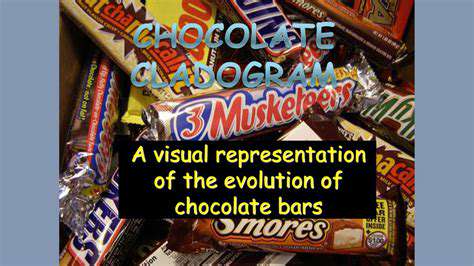
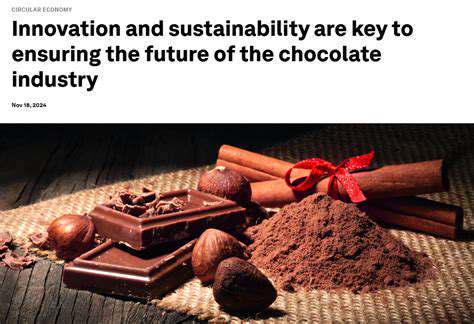
Read more about The History of Chocolate: From Bean to Bar
Hot Recommendations
- Traditional Foods for Day of the Dead
- Food Etiquette in Italy: Pasta Rules!
- Best Family Friendly Restaurants with Play Areas in [City]
- Review: The Best [Specific Dessert] Place in [City]
- Top Ice Cream Parlors in [City]
- Traditional Foods for Halloween
- The History of the Potato in Ireland
- Best Vegan Pizza Joints in [City] [2025]
- Best Bakeries for Sourdough Bread in [City]
- Food Culture in Argentina: Asado and Wine
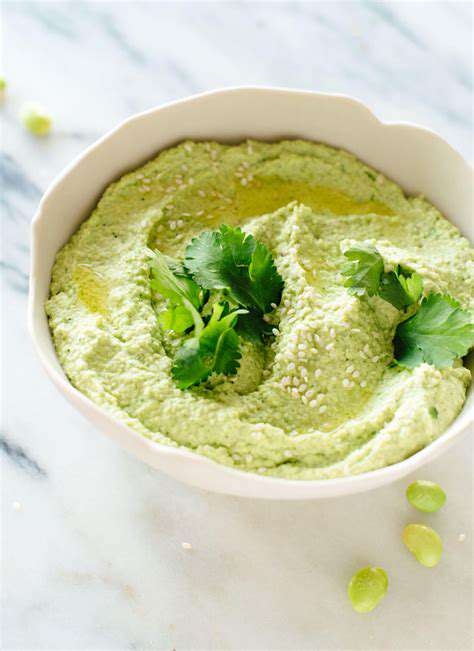
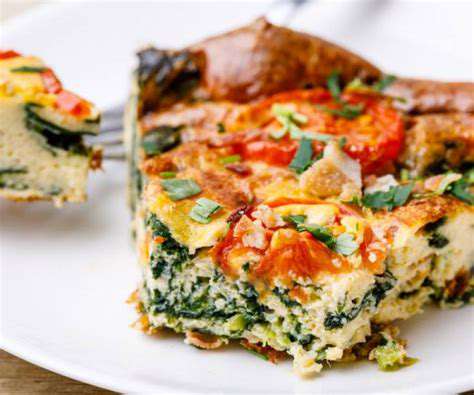



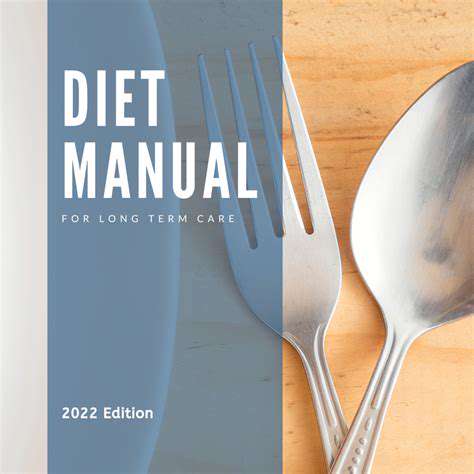


![Seasonal Ingredient Guide for Spring Greens [2025]](/static/images/28/2025-07/SpringGreensinCulinaryCreations3AInspiringRecipes.jpg)


